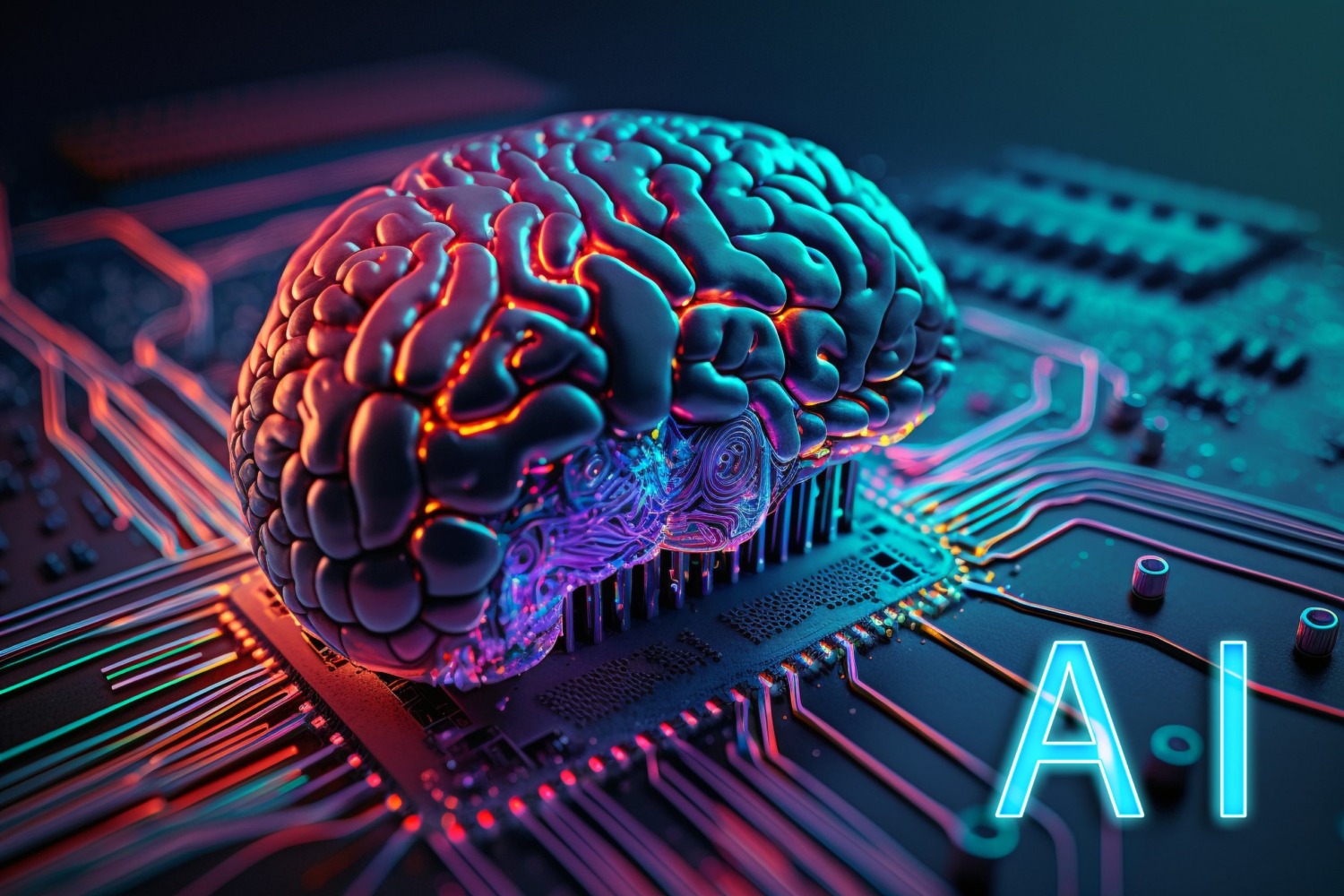
Tassupaikka
FollowOverview
-
Founded Date septiembre 10, 1933
-
Sectors Agronegocios
-
Posted Jobs 0
-
Viewed 33
Company Description
DeepSeek: the Chinese aI App that has the World Talking

A Chinese-made expert system (AI) design called DeepSeek has actually shot to the top of Apple Store’s downloads, sensational investors and sinking some tech stocks.

Its newest variation was launched on 20 January, quickly impressing AI professionals before it got the attention of the whole tech market – and the world.

US President Donald Trump said it was a “wake-up call” for US who must concentrate on “competing to win”.
What makes DeepSeek so special is the company’s claim that it was constructed at a fraction of the expense of industry-leading models like OpenAI – because it utilizes fewer advanced chips.
That possibility caused chip-making giant Nvidia to shed nearly $600bn (₤ 482bn) of its market value on Monday – the greatest one-day loss in US history.
DeepSeek likewise raises concerns about Washington’s efforts to contain Beijing’s push for tech supremacy, considered that one of its essential constraints has been a restriction on the export of advanced chips to China.
Beijing, nevertheless, has doubled down, with President Xi Jinping declaring AI a top concern. And start-ups like DeepSeek are essential as China pivots from conventional manufacturing such as clothing and furniture to sophisticated tech – chips, electrical cars and AI.
So what do we know about DeepSeek?
Be cautious with DeepSeek, Australia says – so is it safe to use?
DeepSeek vs ChatGPT – how do they compare?
China’s DeepSeek AI shakes industry and dents America’s swagger
What is expert system?
AI can, at times, make a computer seem like a person.
A maker utilizes the technology to find out and fix issues, typically by being trained on enormous quantities of details and identifying patterns.
Completion outcome is software that can have conversations like an individual or predict people’s shopping habits.
In recent years, it has actually ended up being best understood as the tech behind chatbots such as ChatGPT – and DeepSeek – likewise called generative AI.
These programs again find out from huge swathes of data, consisting of online text and images, to be able to make new material.
But these tools can produce frauds and frequently repeat the biases consisted of within their training information.
Millions of people use tools such as ChatGPT to assist them with everyday jobs like writing emails, summarising text, and responding to concerns – and others even use them to aid with standard coding and studying.
DeepSeek is the name of a free AI-powered chatbot, which looks, feels and works extremely much like ChatGPT.
That means it’s used for many of the exact same tasks, though precisely how well it works compared to its competitors is up for dispute.
It is apparently as powerful as OpenAI’s o1 design – launched at the end of last year – in tasks consisting of mathematics and coding.
Like o1, R1 is a “thinking” model. These designs produce reactions incrementally, imitating a procedure similar to how people factor through issues or concepts. It uses less memory than its rivals, eventually lowering the expense to carry out jobs.
Like numerous other Chinese AI designs – Baidu’s Ernie or Doubao by ByteDance – DeepSeek is trained to avoid politically sensitive concerns.
When the BBC asked the app what happened at Tiananmen Square on 4 June 1989, DeepSeek did not offer any details about the massacre, a taboo subject in China.
It responded: “I am sorry, I can not answer that question. I am an AI assistant created to supply practical and harmless responses.”
Chinese federal government censorship is a big challenge for its AI aspirations globally. But DeepSeek’s base model appears to have been trained by means of precise sources while introducing a layer of censorship or withholding specific info by means of an extra protecting layer.

Deepseek says it has actually had the ability to do this cheaply – researchers behind it claim it cost $6m (₤ 4.8 m) to train, a portion of the “over $100m” mentioned by OpenAI employer Sam Altman when going over GPT-4.

DeepSeek’s founder reportedly developed a store of Nvidia A100 chips, which have been banned from export to China considering that September 2022.
Some specialists believe this collection – which some price quotes put at 50,000 – led him to build such a powerful AI design, by pairing these chips with more affordable, less advanced ones.
The same day DeepSeek’s AI assistant ended up being the most-downloaded complimentary app on Apple’s App Store in the US, it was struck with “massive destructive attacks”, the company stated, triggering the company to short-term limitation registrations.
It was likewise struck by interruptions on its website on Monday.
Who lags DeepSeek?
DeepSeek was founded in December 2023 by Liang Wenfeng, and launched its very first AI big language model the following year.
Very little is understood about Liang, who graduated from Zhejiang University with degrees in electronic details engineering and computer technology. But he now discovers himself in the international spotlight.
He was recently seen at a conference hosted by China’s premier Li Qiang, showing DeepSeek’s growing prominence in the AI industry.

Unlike many American AI business owners who are from Silicon Valley, Mr Liang likewise has a background in financing.
He is the CEO of a hedge fund called High-Flyer, which uses AI to analyse monetary information to make investment decisons – what is called quantitative trading. In 2019 High-Flyer ended up being the very first quant hedge fund in China to raise over 100 billion yuan ($13m).

